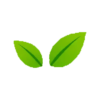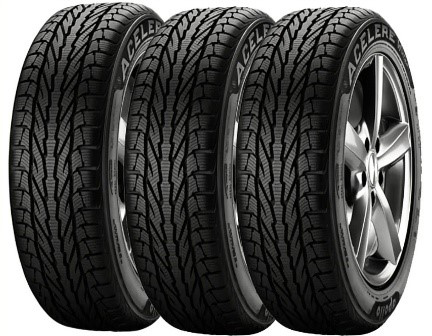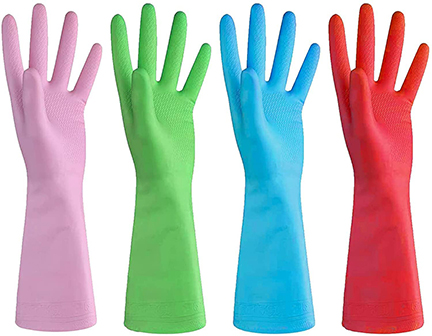Topics
Management practices
Rubber Propagation
Rubber propagation is mainly done through budding, as seed propagation results in inconsistent traits.
Rubber propagation by seeds
Rubber propagation by seeds is mainly used for growing rootstocks rather than direct commercial planting, as seed-grown plants exhibit genetic variability in yield, growth, and disease resistance. Seeds should be collected from healthy, high-yielding trees and sown soon after harvesting, as their viability declines rapidly. While seed propagation is less reliable for large-scale rubber cultivation, it provides a strong root system for budding, ensuring better adaptability and growth in field conditions.
Fertilizer Management
Optimum growth and yields can be achieved only by proper balancing of the nutrients according to the need of the rubber plant. The nutrients deficient in most rubber growing soils in Sri Lanka are nitrogen (N), phosphorus (P), potassium (K) and magnesium (Mg). However, these deficiencies could easily be corrected by applying inorganic fertilizers in correct proportions and quantities.
Application Timing
Fertilizer application should be timed according to the rubber tree's growth cycle. During the early stages of growth, trees need more N for vegetative development. As they mature, the demand for K increases, especially during the latex production phase.
Soil conservation
Soil Conservation Measures in rubber cultivation
Soil conservation in rubber farming is crucial for preventing erosion and maintaining fertility, especially on sloping lands. Techniques like contour planting, terracing, and cover cropping with legumes help reduce soil loss, retain moisture, and improve organic matter.
Mulching, agroforestry, and proper drainage further enhance soil stability and structure while preventing waterlogging. Minimal tillage and maintaining vegetation along plantation boundaries also play a key role in preventing erosion and ensuring sustainable rubber production.



